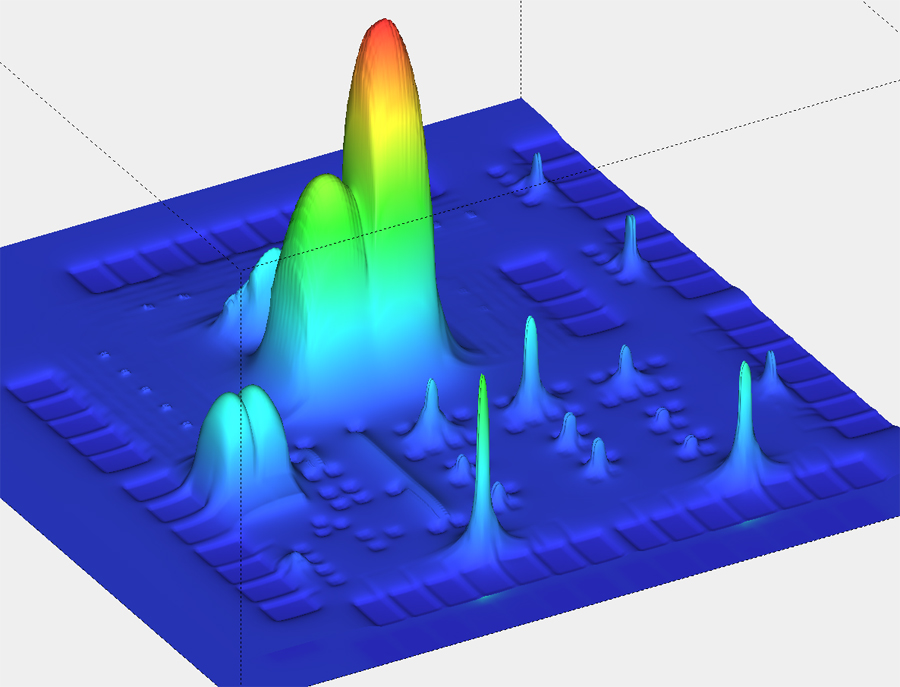When you hear the phrase, “Massively Parallel Processor Array” what company name comes to mind?
Did you think, Ambric?
No, neither did I, which maybe explains why this Oregon-based start-up closed down recently. Looking at their website it shows that they have a real product family, real customers and a real advantage over conventional design methods for applications in video, medical and wireless.
I met with two former Ambric folks on Friday to hear their story of changing the world only to have their venture financing come to a stop. They are true believers in applying parallel processing to solve some of the toughest computational problems out there. Let’s see if the assets of Ambric end up in friendly hands that can make a profit.
In the EDA space I see increasing efforts to apply parallel processing for: DRC, LVS, OPC and SPICE.



You ought to look at picoChip
Shipping massively-multicore parallel array product with 300+ processors very successfully.
Architecture is quite similar to Ambric, but a few differences:
* 16-bit vs Ambric’s 32-bit
* Ambric has higher clock rate and higher power dissipation; that means 1 device has higher performance (although picoChip would argue that is not relevant as in both cases you can combine chips to get the desired performance and that a cheaper, more granular building block makes more sense)
* Started much earlier – first announced in 2003
* Narrower commercial focus: Ambric were general-purpose with video, medical and wireless, while picoChip is expressly focussed on solving wireless
* picoChip have far better commercial traction, with a number of blue-chip accounts and volume design-wins
* And finally, most importantly, picoChip are fully funded and still going strong
When startups with products that work *and* a bunch of customers don’t survive, we must really be in trouble! The way Ambric’s closure was described in the press, people are more interested in their algorithms and codecs than their product line…
There’s another company called XMOS that looks like it does the same thing so there’s hope!
Aditya
Massively parallel computing for EDA apps has been around for a while in analysis (SPICE) and verification (Verilog)and later in OPC. Athena and AmmoCore both had massively parallel solutions in the digital implementation domain.
While Cadence failed with parallel DRC (PVS system), the emerging trends in cloud computing provide new opportunities for innovation